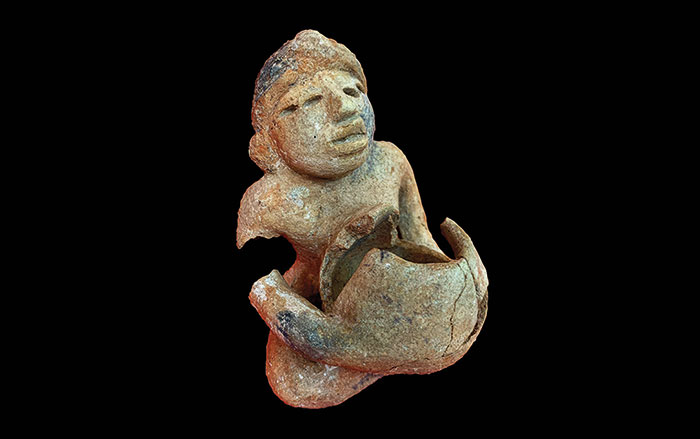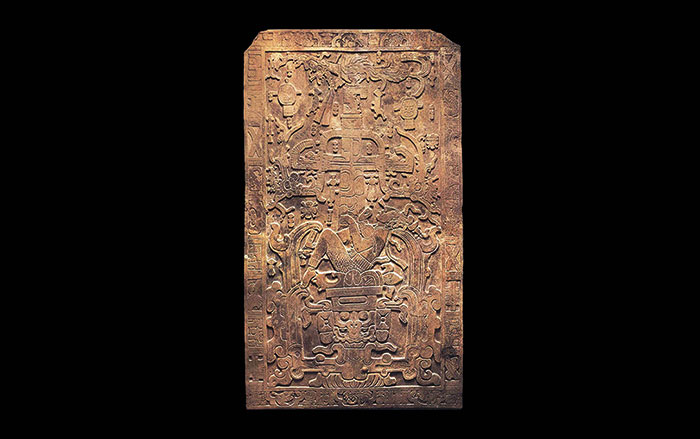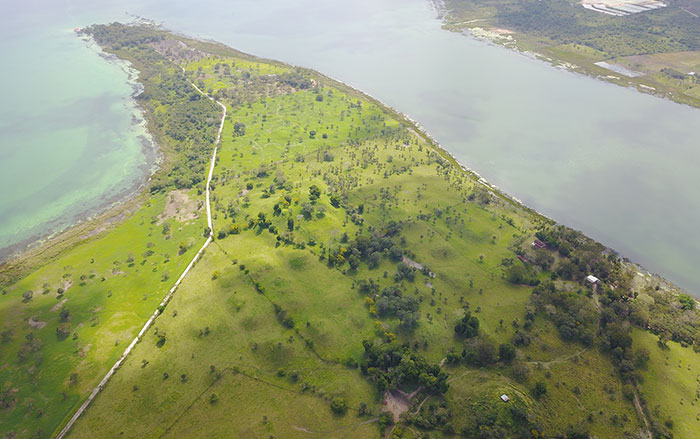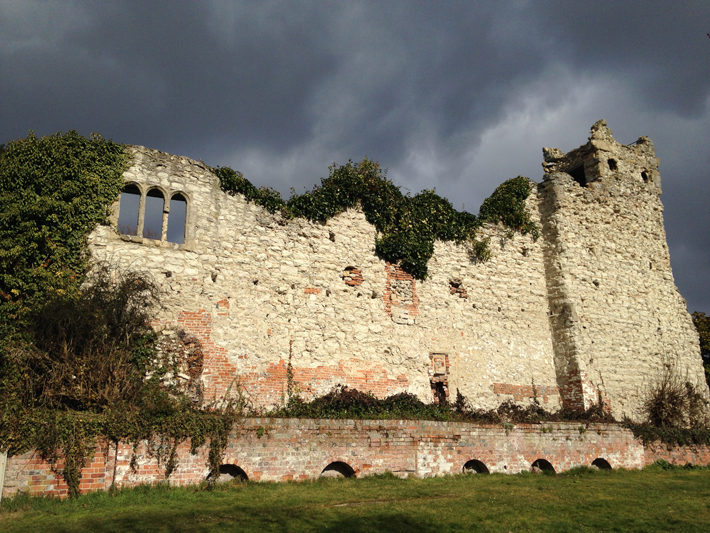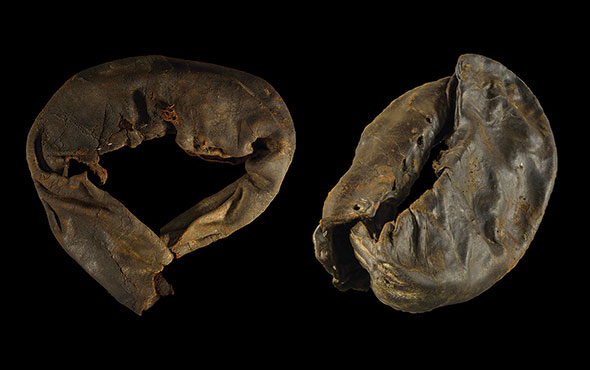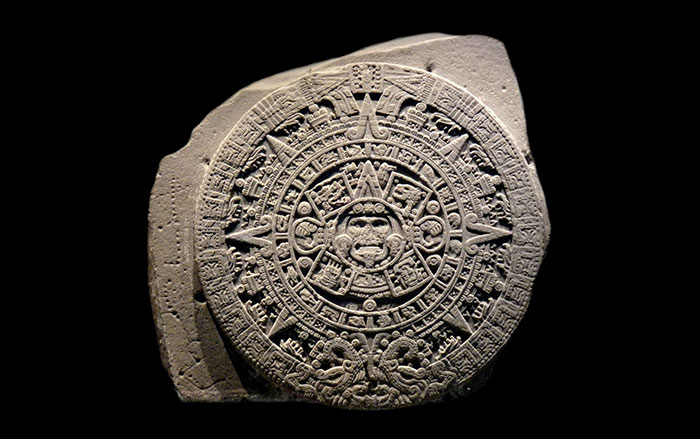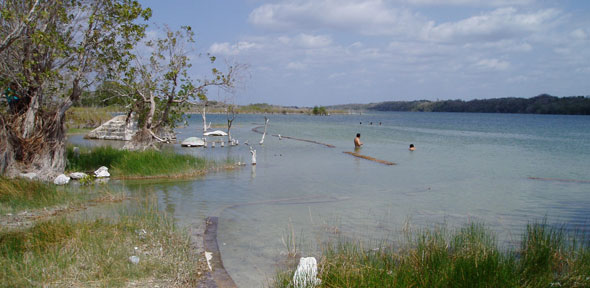
CAMBRIDGE, ENGLAND—According to a report in The Washington Post, analysis of sediments from Mexico’s Lake Chichancanab has quantified the severity of the drought that has been linked to the collapse of Maya civilization. Scientists from the University of Cambridge and the University of Florida developed a geochemical technique to measure the levels of the different isotopes of “fossil water” trapped in crystals of the mineral gypsum found in the lake’s layers of sediment. Lighter isotopes of water would have evaporated more quickly, leaving behind higher proportions of heavier isotopes of water in the gypsum, depending upon the length of the drought. The study indicates there was a 50 percent decrease in annual precipitation between A.D. 800 and 1000, rising to as much as a 70 percent drop at times. “Drought does have the potential to be a driving force for a lot of the issues that can cause civilization stress,” said Nick Evans of the University of Cambridge. To read in-depth about study of a Maya city in Guatemala, go to “The City at the Beginning of the World.”




